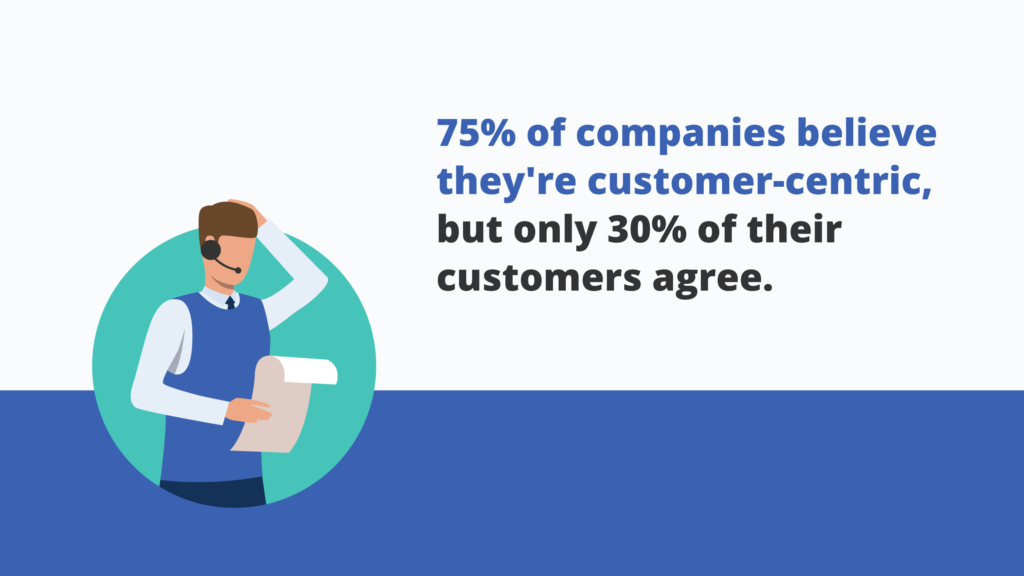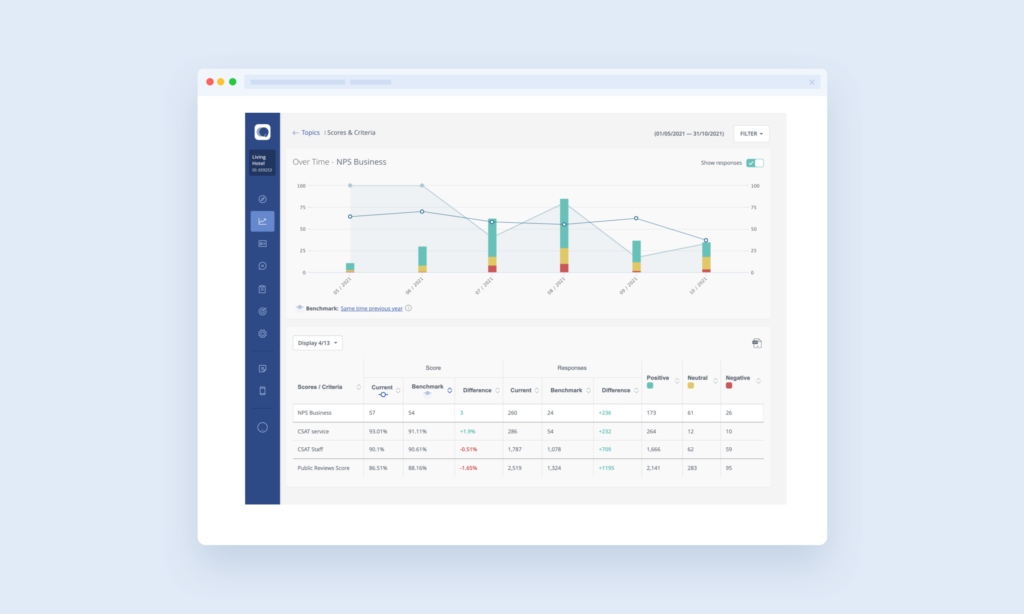Keeping on top of customer experience trends has always been important for continued success. But in 2022, it’s nothing short of essential.
With the pandemic prompting a huge surge in digital shopping and services, customer expectations are now radically different. And if companies don’t hit the mark, it won’t take much for them to walk.
The good news is that by staying ahead of the curve, you can stand out as a business that truly listens to the voice of the customer and makes every step with them in mind.
To help you cut through the noise, we’ve put together the most impactful customer experience trends that you can start implementing today.
Here are the CX trends we’ll cover in this article (just click the links to skip straight to that section!):
Offer An Optimised, Omnichannel Experience
[ca-form id=”194451″ align=”left” var1=”https://www.customer-alliance.com/wp-content/uploads/2022/03/customer-alliance-article-guide-customer-experience-trends-2022-EN-download.pdf”]
In 2022, an omnichannel platform is a must-have component of any CX strategy. These days, customers want to be able to complete tasks anytime, anywhere, whether it’s chatting to customer service, making a purchase or changing a booking.
It’s an approach that both increases convenience and decreases effort, and will do wonders for your customer experience. However, simply offering different channels is no longer enough. What’s even more important is the ability to move seamlessly from one channel to the next.
Microsoft shows that for 32% of consumers worldwide, the most frustrating aspect of CX is having to repeat the same information a number of times (1) (we’ve all been there, right?)
In other words, when a customer switches channels, their information and their progress should follow. This will result in a much easier, smoother customer journey and ultimately, greater customer satisfaction.
An omnichannel experience is not just good for your customers, either. A survey from Adobe found that companies investing in omnichannel customer engagement can increase closure rates by 25% and see a 10% increase in growth rate (2).
Show You Are Listening To Customer Feedback
Collecting feedback has become integral to all successful businesses. But in 2022, feedback is a two-way street.
Customers want to feel that their voices are being heard, and if you want to continue getting their opinions, you need to show that you are listening. But how?
A little personal communication goes a long way. Responding to public reviews (both positive and negative) with more than a template acknowledgement can be an incredibly powerful way to connect with your customers.
For larger-scale changes, a simple message outlining customer-led initiatives makes it known that collecting feedback is not just a tick-box exercise, but something that leads to real change in your business.
Using voice of the customer software is a great way to keep on top of your insights. By connecting your feedback to a structured framework like CSAT or NPS, you will also be able to see the direct impact of your actions on customer satisfaction. So why not give one a try?
Bridge The Empathy Gap
According to a study by Capgemini, 75% of companies believe they’re customer-centric, but only 30% of their customers agree (3). The space between these two numbers is known as the empathy gap, and this year it’s all about closing it.
What causes this gap in the first place? The issue occurs when businesses are creating products or services without taking their customers’ real problems and insights into account. In other words, without feedback, user testing and without that all-important human touch.

Luckily, there are tons of tools out there that can help you really tune into your customers’ needs (no guesswork required!) Here are just a few:
- Customer journey mapping
- Customer personas
- Text analysis
- Customer interviews
- Customer surveys
There is always more to learn about your customers, and getting to know them should be an ongoing effort. Having the right systems and technology in place can help ensure you get the data you need to keep putting your customers first.
Create Hyper-Personalised Experiences
Personalisation is nothing new. But gone are the days when using a customer’s name in an email or sending a birthday message was enough to impress. So what should you be doing instead?
Leveraging real-time data like website behaviour, searches, purchase history and prior interactions can help paint a more accurate picture of your customer and their needs.
Armed with this information, you can create hyper-personalised experiences like recommending the perfect product, customising your website, or sharing bespoke offers at just the right time.
Embracing this customer experience trend is easier said than done, but take the time to implement a personalisation strategy and you’re sure to see results.
According to one report, 52% of people agree that as digital experiences with brands become more personalised, their satisfaction grows (4). And if recent global consumer trends are anything to go by, this number will only increase with time.
Prioritise Data Security
In order to create the hyper-personalised experiences we talked about above, collecting customer data is key. But it’s important to remember that just as expectations of the customer experience have changed, so have expectations on security and privacy.
Today, users are more aware of how data is compiled and how companies use that information. Almost half of consumers say they’re happy to exchange personal data in exchange for personalisation (5). But they have to feel confident that their data is secure.
Thanks to the introduction of GDPR, many EU companies have already undergone a transformation in the way they handle personal data, with transparency being the name of the game. However, 2022 will likely see upticks in enforcement along with policy updates around consent.
To keep customer confidence, companies must constantly monitor and update their data protection measures. No matter what the size of your business, to stay compliant and improve your CX, it may be worth bringing on an extra pair of hands.
Whether through a dedicated member of staff or data protection software, doing so will give you peace of mind you’re doing everything by the book.
Conclusion: Customer Experience Trends In 2022
Let’s be clear. 76% of consumers today expect companies to understand their needs and expectations (6). So as digital channels continue to skyrocket, the businesses that will continue to thrive are those that take a proactive approach to customer experience and are willing to move with the times.
Whether you run a small or medium-sized business or a large enterprise company, these customer experience trends will help you hone in on your customers’ needs and keep them coming back time and time again.

Of course, listening to your customers is easy when you have the right tools for the job. Customer experience management software helps you put systems in place that not only keep you consistent but provide real-time data that allow for quick business decisions.
If you’d like to improve your customer experience but aren’t sure where to start, we would love to help! Our innovative voice of the customer software is trusted by more than 5,000 companies across the world. Why not schedule a free demo to see what we can do?
Sources:
- Microsoft, Global State of Customer Service
- Adobe, The Total Economic Impact™ of Adobe Experience Cloud
- Capgemini, The Disconnected Customer
- Segment, The State Of Personalisation 2021
- Segment, The State Of Personalisation 2021
- Salesforce, State Of The Connected Customer
